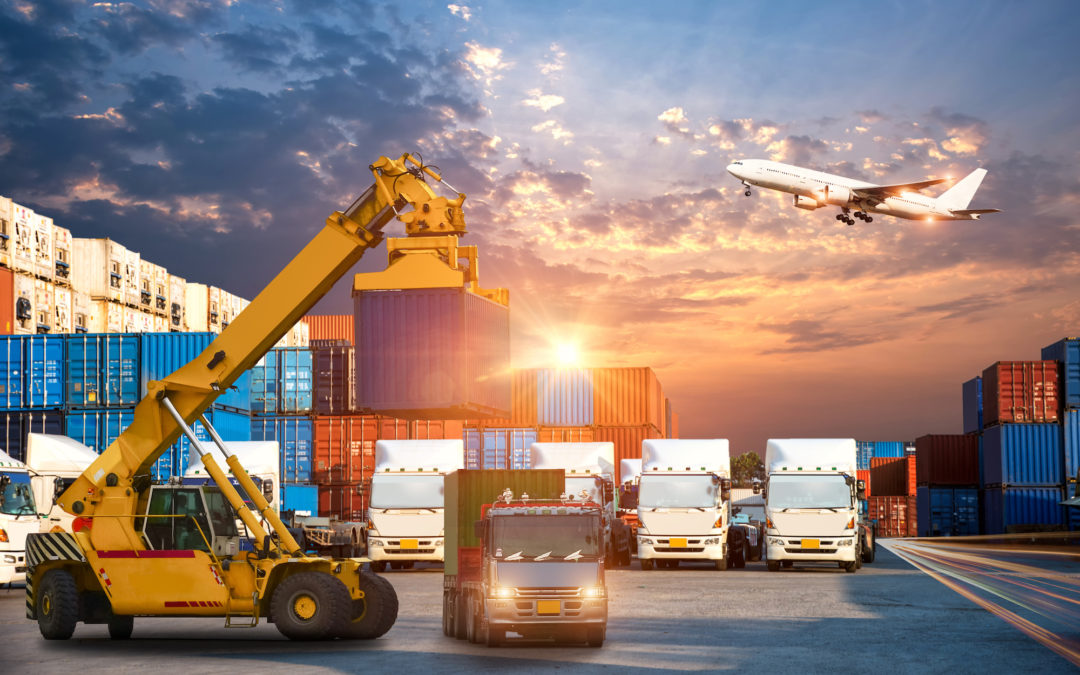Introduction to Changing Trade Dynamics
Global politics and international trade agreements are deeply shaping the way online sellers do business today. For platforms like SellerKid and the small entrepreneurs who rely on them, every change in tariffs, supply chain restrictions, or regulatory reforms trickles down to daily operations. As nations reevaluate partnerships and economic strategies, e-commerce sellers face both challenges and new opportunities. Understanding these dynamics helps sellers anticipate risks and align their strategies with a globalized but volatile marketplace.
Trade Wars and Tariff Battles
Over the past few years, trade wars have become a dominant feature of global economics. Tariff disputes between the United States and China have not only affected traditional industries like steel and manufacturing but also consumer goods that e-commerce sellers rely on. Increased tariffs raise the cost of imports, pushing sellers to adjust prices or seek new suppliers. For SellerKid sellers sourcing from China or shipping to Western markets, these battles directly influence profit margins. The uncertainty also discourages long-term planning, forcing many to adopt flexible procurement strategies.
Supply Chain Disruptions and Logistics Costs
Global events like the pandemic, port blockages, and conflicts in strategic waterways have highlighted how fragile supply chains can be. Rising fuel prices, container shortages, and shipping delays increase costs for sellers and reduce customer satisfaction. For small businesses operating on SellerKid, this is particularly concerning because they lack the capital reserves of larger corporations. Many sellers are diversifying suppliers, exploring local manufacturing, and experimenting with dropshipping models to mitigate risks. Logistics tech, powered by AI and real-time tracking, is also being adopted to maintain transparency and improve delivery timelines.
Regulatory Shifts and Compliance Pressure
Governments are becoming stricter about e-commerce regulations. From product safety certifications to environmental compliance, sellers are increasingly accountable for what they list online. For instance, the European Union’s Digital Services Act mandates greater transparency, which impacts cross-border sellers targeting European customers. Similarly, local taxation reforms mean sellers must manage VAT and GST obligations carefully. For SellerKid users expanding globally, compliance tools and knowledge are as crucial as marketing strategies. Platforms that simplify compliance processes will gain a competitive advantage by helping sellers navigate complex laws.
Currency Fluctuations and Pricing Challenges
Global politics often leads to economic instability, which affects currency exchange rates. For sellers transacting in multiple currencies, volatility in USD, Euro, or local currencies can erode profits. Some sellers mitigate this risk by pricing products in stable currencies or using fintech solutions to lock in favorable rates. Platforms like SellerKid can integrate multi-currency payment systems to ease these challenges. As more sellers look beyond local borders, currency risk management will remain an essential part of financial planning.
Geopolitics and Emerging Markets
While trade wars and disruptions create uncertainty, they also open doors. Many governments are fostering local manufacturing and encouraging startups to grow domestic industries. For example, South Asia, Africa, and Latin America are emerging as new hubs for e-commerce expansion. SellerKid sellers can tap into these markets by offering products tailored to local demands and leveraging platform tools for cross-regional logistics. Political partnerships like ASEAN agreements or Africa’s Continental Free Trade Area are reshaping trade flows, creating fresh opportunities for sellers willing to adapt.
The Role of Technology in Navigating Political Shifts
In times of uncertainty, technology provides stability. Platforms integrating AI forecasting, blockchain for transparent supply chains, and fintech for smoother transactions can shield sellers from external shocks. For example, blockchain can ensure product authenticity, reducing risks of counterfeiting in sensitive markets. Similarly, fintech solutions allow sellers to handle payments more efficiently across borders, reducing delays caused by banking restrictions. SellerKid’s future growth depends on embedding such technologies that empower sellers to thrive despite political headwinds.
FAQs
How do trade wars directly affect small e-commerce sellers?
They increase import costs, disrupt supplier relations, and force sellers to adjust pricing strategies or explore alternative markets.
Why are supply chain disruptions more harmful for small sellers?
Small businesses often lack the financial reserves and backup suppliers that large corporations rely on, making delays and cost increases more damaging.
What should sellers do about regulatory changes in different countries?
Staying updated, using compliance tools, and leveraging platform guidance can help sellers meet requirements without legal risks.
Can currency fluctuations be managed effectively?
Yes, by adopting fintech solutions, using stable pricing currencies, and monitoring markets, sellers can minimize currency risks.
Are emerging markets reliable for e-commerce growth?
They hold enormous potential, but sellers must adapt to local preferences, payment methods, and logistical challenges to succeed.
Conclusion
Global trade shifts are not distant policies—they directly influence the everyday operations of e-commerce sellers. Tariff battles, supply chain disruptions, compliance pressures, and currency fluctuations all converge to shape how online businesses thrive or struggle. Yet, with every challenge comes new potential, as emerging markets and technological advancements create fresh avenues for growth.
For SellerKid sellers, the key lies in agility and foresight. By staying informed about political changes, adopting flexible strategies, and leveraging advanced technologies, small businesses can transform volatility into opportunity. The world of global trade will always be in flux, but with the right tools and knowledge, sellers can chart a stable course through turbulent times.











